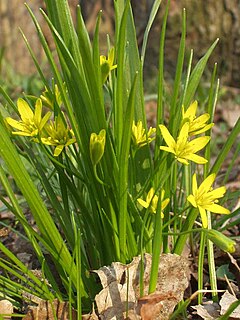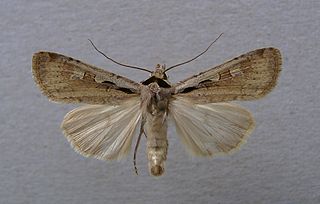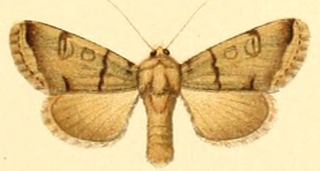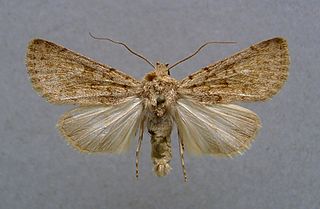
Satureja is a genus of aromatic plants of the family Lamiaceae, related to rosemary and thyme. It is native to North Africa, southern and southeastern Europe, the Middle East, and Central Asia. A few New World species were formerly included in Satureja, but they have all been moved to other genera. Several species are cultivated as culinary herbs called savory, and they have become established in the wild in a few places.
Turkmen, Türkmen, Turkoman, or Turkman may refer to:

Western Asia, West Asia, or Southwest Asia, is the westernmost subregion of the continent of Asia. It is entirely a part of the Greater Middle East, and includes Anatolia, the Arabian Peninsula, Iran, Mesopotamia, the Levant, the island of Cyprus, the Sinai Peninsula, and partly Transcaucasia. The region is considered to be separated from Africa by the Isthmus of Suez in Egypt, and separated from Europe by the waterways of the Turkish Straits and the watershed of the Greater Caucasus. Central Asia lies to its northeast, while South Asia lies to its east. Eight seas surround the region (clockwise): the Aegean Sea, the Black Sea, the Caspian Sea, the Persian Gulf, the Arabian Sea, the Gulf of Aden, the Red Sea, and the Mediterranean Sea.

Onopordum, cottonthistle, is a genus of plants in the thistle tribe within the Asteraceae. They are native to southern Europe, northern Africa, the Canary Islands, the Caucasus, and southwest and central Asia. They grow on disturbed land, roadsides, arable land and pastures.

Gagea is a large genus of spring flowers in the lily family. It is found primarily in Eurasia with a few species extending into North Africa and North America.

The Syrian brown bear is a relatively small subspecies of brown bear native to the Middle East and the Caucasus mountain range.

Lallemantia is a genus of flowering plants in the family Lamiaceae. It is named after the German botanist Julius Léopold Eduard Avé-Lallemant.

Iran–Turkey relations refer to the bilateral relations between the Islamic Republic of Iran and the Republic of Turkey. The two states' relationship is complex and characterized by periods of both tension and cooperation, as both Iran and Turkey are fighting for influence in the Middle East through supporting opposing proxies as part of the Iran–Turkey proxy conflict. The two countries are also major trade partners and are perceived as mutually interdependent due to geographical proximity as well as historically shared cultural, linguistic, and ethnic traits. Notably, the Kurds, an Iranic ethnic group, and the Iranian Azerbaijanis, a Turkic ethnic group, comprise the second-largest ethnicities of Turkey and Iran, respectively.

The ethnic groups in the Middle East refers to the peoples that reside in West Asia as well as Egypt in North Africa, a transcontinental region commonly known as the Middle East. The region has historically been a crossroad of different cultures. Since the 1960s, the changes in political and economic factors have significantly altered the ethnic composition of groups in the region. While some ethnic groups have been present in the region for millennia, others have arrived fairly recently through immigration. The largest ethnic groups in the region are the Arabs, Kurds, Persians, and Turks, but there are dozens of other ethnic groups which have hundreds of thousands, if not millions, of members.

Asphodeline is a genus of perennial plants in the family Asphodelaceae, first described as a genus in 1830. It is native to the eastern Mediterranean region and the Middle East from Italy and Algeria east to Iran.

Dichagyris flammatra, the black collar, is a moth of the family Noctuidae. The species was first described by Michael Denis and Ignaz Schiffermüller in 1775. It is found in central and southern Europe, Morocco, Algeria, Egypt, western Siberia, Armenia, the Caucasus, Turkey, Lebanon, Syria, Iraq, Iran, Tibet, Afghanistan and northern India.
Hadena clara is a species of moth of the family Noctuidae. It is found in Morocco, southern Europe, Turkey, Armenia, Azerbaijan, the Caucasus region, Israel, Lebanon, Syria and Iran.

Dichagyris candelisequa is a moth of the family Noctuidae. It is found from central Europe and southern Siberia to northern Iran, Afghanistan, Turkey and northern Africa.

Dichagyris singularis is a moth of the family Noctuidae. It is found from Turkmenistan to south-eastern Turkey, parts of the Middle East, Jordan, Israel, Iran and Afghanistan.

Dichagyris erubescens is a moth of the family Noctuidae. It is found in Turkey and adjacent areas, more specifically the Transcaucasia, Iraq, western Iran, Israel, Syria, Jordan and the Sinai in Egypt.

Dichagyris flavina is a moth of the family Noctuidae. It is found in most of the Balkans and through large parts of the Near East and Middle East. It has been recorded from Bulgaria, Romania, North Macedonia, Greece, Turkey, southern Russia, Armenia, Syria, Lebanon, Israel, Jordan, Iran and Iraq.

Dichagyris forcipula is a moth of the family Noctuidae. It is found from central and southern Europe and Algeria, east to the Caucasus, Turkey, Syria, Lebanon, Iraq and Iran.

Dichagyris orientis is a moth of the family Noctuidae. It is found from Croatia, south to Macedonia, east to Romania, Ukraine and Russia and further east to central Asia, Turkestan, south-western Siberia, the Caucasus, Armenia, Turkey, Iran, western China and Mongolia.
The Circassian diaspora refers to the resettlement of the Circassian population, especially during the late nineteenth and early twentieth century. From 1763 to 1864, the Circassians fought against the Russian Empire in the Russian-Circassian War, finally succumbing to a scorched-earth campaign initiated in 1862 under General Nicholai Yevdokimov. Afterwards, large numbers of Circassians were exiled and deported to the Ottoman Empire and other nearby regions; others were resettled in Russia far from their home territories. Circassians live in more than fifty countries, besides the Republic of Adygea. Total population estimates differ: according to some sources, some two million live in Turkey, Jordan, Syria, and Iraq; other sources have between one and four million in Turkey alone.

Dichagyris renigera is a moth of the family Noctuidae. It is found in South- and Southeast-Europe, Armenia, Caucasus and Turkey.

















